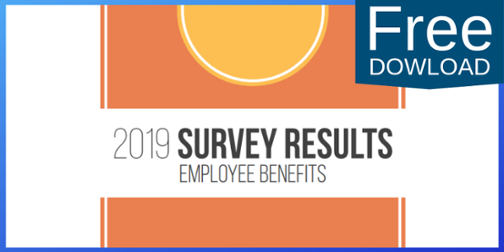.png?width=1024&name=Avoiding%20Expensive%20Wage%20and%20Hour%20Litigation%20As%20Overtime%20Rates%20Are%20Solifified%20(1).png)
The Fair Labor Standards Act sets national standards for wage and hour issues related to employees. The law empowers the Department of Labor to set eligibility standards for overtime pay as well as a series of exemptions for it. Employees who qualify for overtime under the law receive time-and-a-half pay for hours worked more than forty hours a week. Time-and-a-half pay is a 50% increase to the employee’s “regular rate of pay.”
The regular rate of pay, however, can be more complicated than it seems
The Fair Labor Standards Act defines regular rate as all forms of remuneration paid by the employer in exchange for employment. Exclusions, as always, apply. The Department of Labor, however, has not updated its regulations on determining the regular rate of pay since 1968. That predates the existence of 401(k) plans, let alone more recent innovations in employee compensation.
New Rule Proposed
On March 28, 2019, fifty-one years since the last rule change, the Department of Labor released a proposed rule to update regulations on the regular rate of pay. The primary purpose of the rule change is to ensure that certain types of benefit programs are not included in the calculation of the regular rate of pay. The proposed rule uses wellness programs as a specific example, clarifying that the cost of personal trainers, gym memberships, and the like are not included. Weight loss programs and programs aimed at helping employees quit smoking are also explicitly mentioned.
PTO
Other classes of benefits not included in the regular rate of pay are payments for unused leave time, whether sick days or vacation days, reimbursed travel expenses, and discretionary bonuses. However, under current, which the rule will not change, non-discretionary bonuses and commissions are included in the calculation of a regular rate of pay, as are shift premiums and the like.
The Focus Is On: What Is Best For Employees?
Advocates of the rule change argue that this will help avoid unnecessary litigation while incentivizing employers to provide employees with additional benefits. While the rule aims more at solidifying current practice concerning calculating the regular rate of pay rather than changing anything, it serves as a good reminder for employers to ensure that they are using the correct figures in calculating their employees’ overtime pay and thus avoid expensive wage and hour litigation. However, employers also need to keep in mind that state laws and regulations on the payment and calculation of overtime pay can differ significantly from the federal ones. It does an employer no good to comply with the federal law but violates the laws of the states where they do business.



